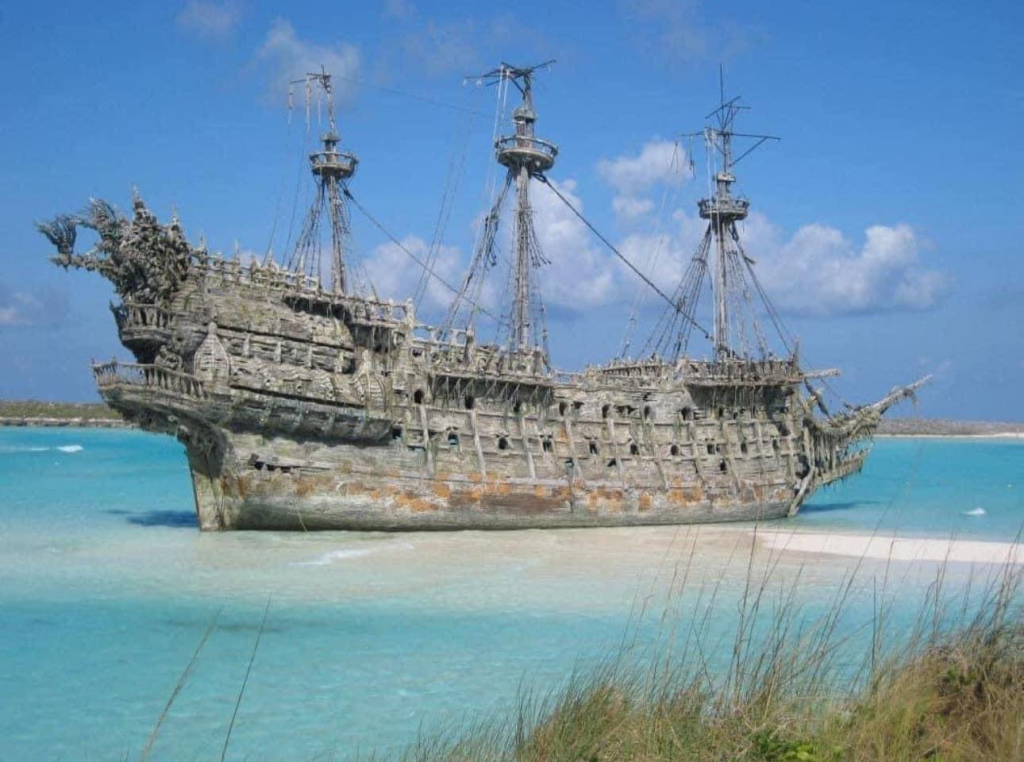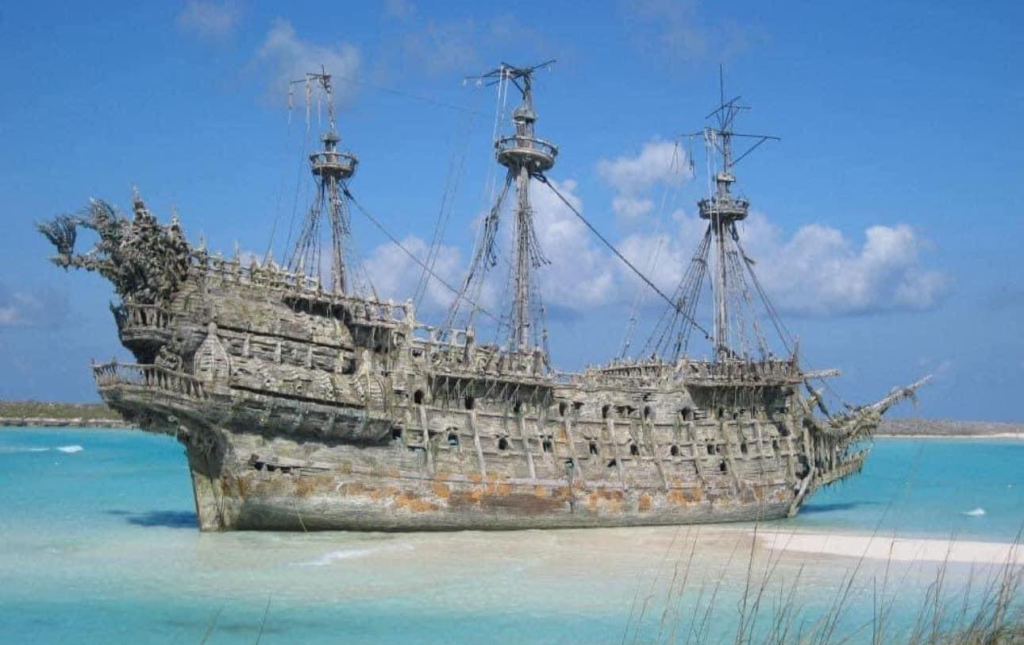The Viral St. Augustine Ghost Ship Story
The rumor, which began circulating on social media, claimed that a fully intact ghost ship from the 1700s had washed up on the shores of St. Augustine after Hurricane Milton ravaged the area. Posts included dramatic descriptions of the ship, with eerie claims that the storm had “churned the Atlantic” and brought the centuries-old vessel back to the surface. Despite its far-fetched nature, the story gained significant traction online, with over 29,000 shares of the original post.

Adding fuel to the fire, the post included a fabricated quote from a fictional marine archaeologist, “Dr. Andrew Clarke,” who described the event as “both fascinating and chilling.” The story tapped into the timeless allure of maritime mysteries and ghost ships, especially with Halloween just around the corner. However, experts from the region were quick to dismiss the entire narrative.
Fact-Checking the Claims: Debunking the Ghost Ship St. Augustine Hurricane Milton
Maritime archaeologist Chuck Meide, the director of the Lighthouse Archaeological Maritime Program at the St. Augustine Lighthouse & Museum, was one of the first experts to publicly debunk the claim. Speaking to First Coast News, Meide explained that while shipwrecks are not uncommon in the St. Augustine area, the notion of a fully intact 1700s ghost ship washing ashore was entirely unrealistic.
According to Meide, Florida’s warm waters and marine life, such as shipworms, would have destroyed most of the wooden structure of a centuries-old ship long ago. “What is typical for a Florida shipwreck is just the lower part of the ship, buried beneath the seafloor, being preserved,” he noted. A fully intact ship, as depicted in the viral images, would more likely be found in colder waters, such as the Baltic Sea, where preservation conditions are more favorable.

Further scrutiny revealed more inaccuracies in the post. While the story claimed that Hurricane Milton, which made landfall as a Category 3 storm, washed the ship ashore, the storm had hit Florida’s Gulf Coast, over 120 miles away from St. Augustine. Additionally, experts used tools like Google Lens to trace the image of the ghost ship to Disney’s Castaway Cay, where a replica of the famous “Flying Dutchman” from the Pirates of the Caribbean movies had been stationed between 2006 and 2010.

Can Hurricanes Really Cause Ghost Ships to Wash Ashore?
Although the ghost ship in St. Augustine story was debunked as satire, hurricanes do have a history of washing abandoned ships ashore. There have been documented instances where storms have brought derelict vessels onto Florida’s beaches. In June 2018, during Tropical Storm Alberto, a 45-foot vessel known as the Lady Catherine III washed ashore in Pensacola Beach. The boat, while still intact, had no passengers aboard, and was later discovered to have been abandoned by its owner, a Texas man who encountered severe weather earlier that month.
Similarly, in 2017, Hurricane Irma caused a 45-foot sailboat, Cuki, to break free from its moorings in Key West. The boat drifted over 300 miles before running ashore near Melbourne, Florida. Though these instances involve modern boats, they demonstrate the real possibility of ships, especially abandoned ones, being carried ashore by hurricanes.
A Fun Hoax With a Lesson
The story of the 1700s ghost ship washed ashore St. Augustine Hurricane Milton might have been a hoax, but it highlights the enduring fascination with maritime lore. From ancient shipwrecks to modern-day derelicts, the seas are full of mysteries. While the viral ghost ship story was clearly satirical, it serves as a reminder to approach such sensational claims with skepticism and to trust expert analysis when it comes to verifying historical events.
Hurricanes are powerful forces of nature, and while they can dislodge and wash ashore abandoned vessels, a fully intact 1700s ghost ship St. Augustine remains firmly in the realm of fiction. As we approach Halloween, it’s important to enjoy these tall tales for what they are—entertaining myths rather than historical facts.


